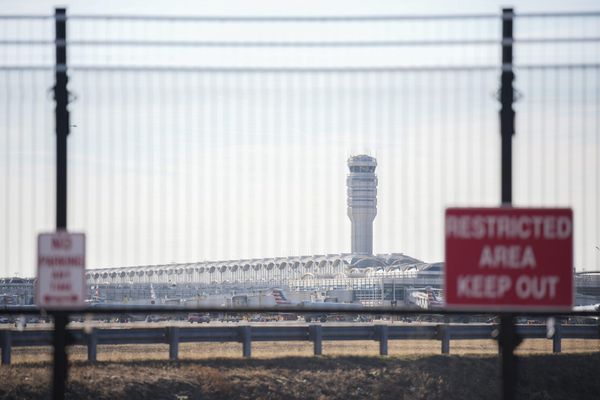
pabradyphoto for iStockphoto; Canva
What Is the Federal Open Market Committee (FOMC)? How Does It Work?
The central bank of the United States is known as the Federal Reserve. While it operates independently of the federal government and has no political affiliation, it may be one of the most powerful committees in the world. The Federal Reserve, or the Fed, as it’s known for short, is responsible for ensuring a strong American economy and healthy levels of employment by managing fiscal policies.
Most people know the Fed as being synonymous with interest rates—particularly when they go up. But it does so much more than that.
There are three main things the Fed is responsible for:
- Managing open market operations by buying Treasury securities to increase market liquidity
- Raising, lowering, or maintaining the fed funds rate
- Setting reserve requirements for banks
Bank reserve requirements and interest rates are maintained by the Fed’s Board of Governors. Open market operations are overseen by its Federal Open Market Committee (FOMC).
How Is the Fed Structured?
The Fed is composed of three parts:
- A Board of Governors, helmed by a Fed Chair
- 12 Federal Reserve Banks, which represent a different geographic area of the U.S.
- The Federal Open Market Committee (FOMC)
Who Serves on the Federal Open Market Committee? What Do They Do?
The FOMC’s role in overseeing open market operations includes providing regular economic updates to the public and managing monetary policy.
The FOMC is made up of a dozen members:
- The 7 members of the Board of Governors, including the Fed Chair
- The President of the Federal Reserve Bank of New York, who is also the Vice President of the Fed
- 4 Federal Reserve Bank members, who serve a one-year term on a rotating basis, with representation from each of the following groups:
i) Boston, Philadelphia, and Richmond
ii) Cleveland and Chicago
iii) Atlanta, St. Louis, and Dallas
iv) Minneapolis, Kansas City, and San Francisco
When Does the FOMC Meet? When Is the Next FOMC Meeting?
The FOMC meets eight times per year. The rest of its 2022 meetings are:
- November 1–2, 2022
- December 13–14, 2022
To find out when its 2023 meetings will be scheduled, visit the FOMC’s calendar page.
Who Currently Serves on the FOMC?
Since 2018, Jerome “Jay” Powell has served as the Chair of the Federal Reserve. Fed Chairs serve four-year terms, although Powell was recently re-appointed and confirmed for a second term, which will expire in 2026.
The rest of the current FOMC members are:
- John C. Williams, New York, Vice Chair
- Michelle W. Bowman, Board of Governors
- Lael Brainard, Board of Governors
- James Bullard, St. Louis
- Esther L. George, Kansas City
- Loretta J. Mester, Cleveland
- Christopher J. Waller, Board of Governors
What Is the Main Thing the FOMC Decides?
The FOMC monitors the U.S. economy nonstop. Every six weeks at its FOMC meeting, it presents its outlook and adjusts interest rates accordingly. However, these are not the interest rates people use when taking out a car loan or a mortgage—those rates follow the prime rate, which is set by their banks.
Rather, the FOMC sets the fed funds rate, which is a target rate of interest that banks use to lend money to each other. The Fed may raise or lower the fed funds rate as a way to encourage lending, curb inflation, or generally ensure a strong and healthy economy.
What Are FOMC Minutes? When Are They Released?
On the final day of the FOMC meeting, the Fed publishes a short policy statement. Three weeks later, it publishes a full set of meeting minutes. These records are publicly available and can be accessed via the FOMC's minutes archive.
How Does the FOMC Increase the Monetary Supply?
When the Fed lowers the reserve requirement for a bank, it effectively creates more liquidity in the financial markets, thus increasing the monetary supply. Its Treasury security buybacks also increase reserves, putting more cash back into circulation. After the 2007-2008 Financial Crisis, the FOMC began a series of quantitative easing measures, designed to keep interest rates low and help spur growth. These measures were kept in place through 2015, but after the COVID-19 pandemic caused the economy to briefly tailspin into a recession, the Fed once again began buying back Treasuries from March-June 2020, although critics contend these actions also helped spur inflation.
What Is the FOMC’s Inflation Forecast?
TheStreet’s Martin Baccardax believes that inflation won't slow in a meaningful way until Russia withdraws from Ukraine (and western leaders lift sanctions on its crude) and supply chains return to their pre-trade war synergies, but that won't stop the Fed from raising rates.







